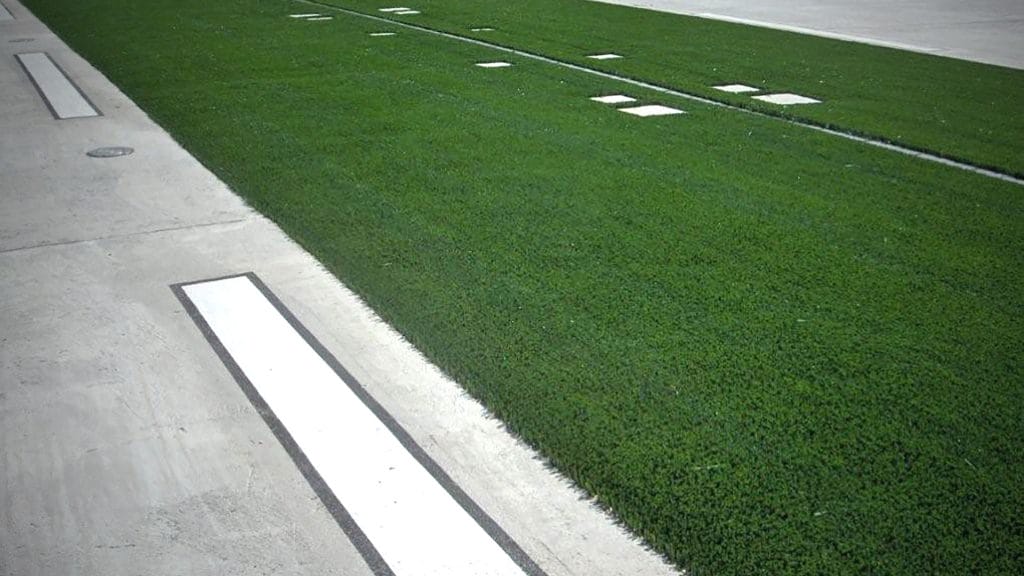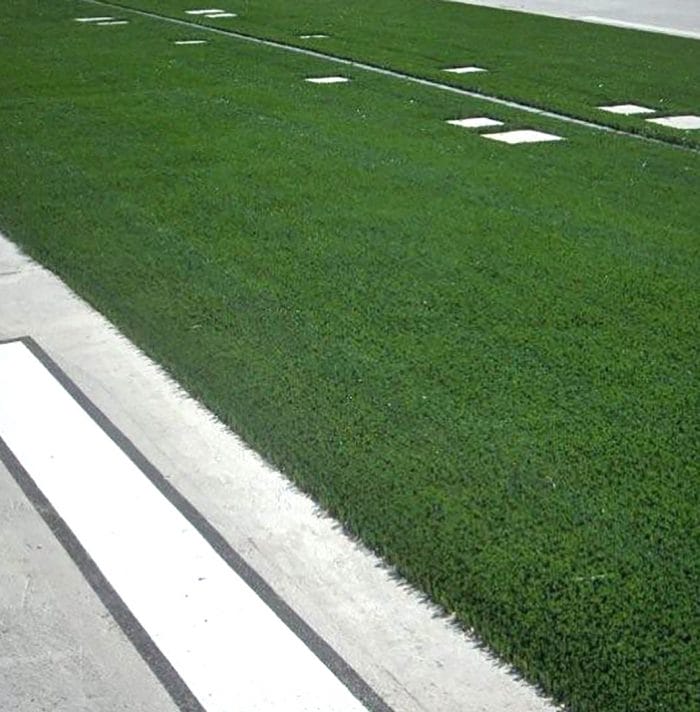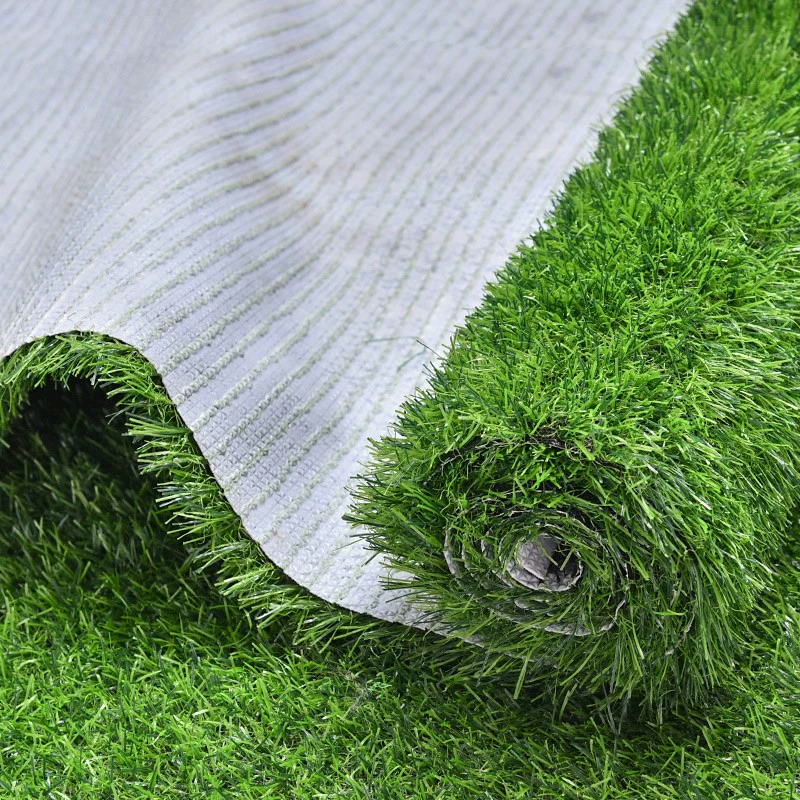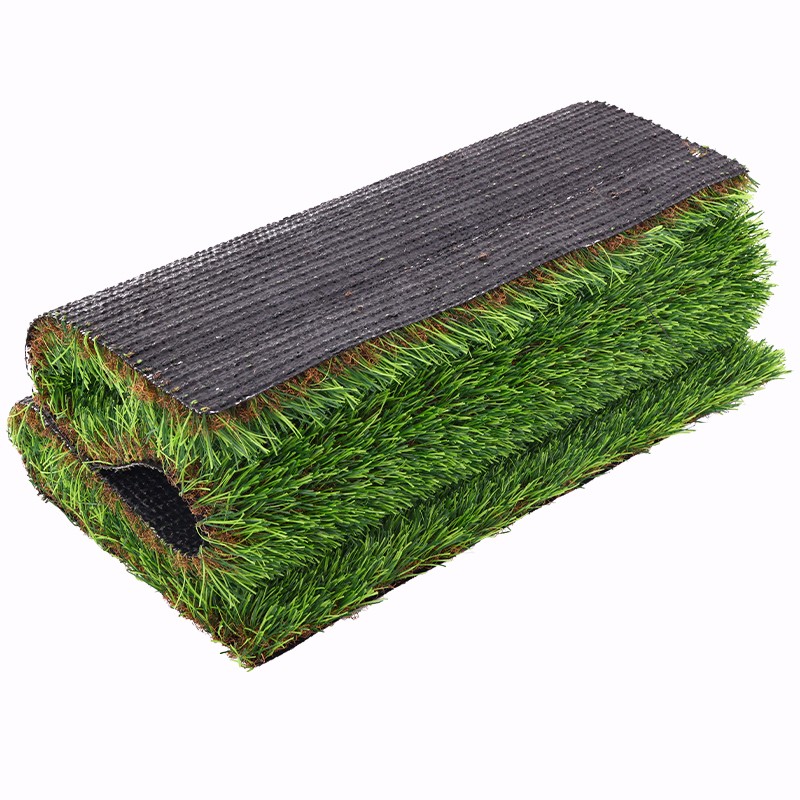
Artificial grass is not commonly used for airport runways or taxiways. Instead, traditional materials like asphalt or concrete are the standard surfaces due to their durability, load-bearing capacity, and ability to withstand heavy aircraft traffic.
However, there have been discussions and experiments regarding the use of synthetic turf for specific airport applications, particularly for specific safety zones, shoulders, or areas adjacent to runways. Here are considerations and potential uses:
### Considerations for Artificial Grass in Airports:
1. **Safety Zones:** Synthetic grass might be considered for safety zones around runways or taxiways to enhance safety and reduce potential damage in the event of aircraft veering off the runway.
2. **Erosion Control:** In areas where erosion is a concern, artificial grass might be utilized to stabilize soil and prevent erosion.
3. **Environmental Concerns:** Synthetic turf could be explored in efforts to reduce the environmental impact of airports, especially regarding stormwater management and biodiversity.
### Challenges and Limitations:
1. **Durability:** Runways and taxiways require highly durable surfaces capable of withstanding heavy loads, abrasion, and constant traffic, which might not align with the typical capabilities of artificial grass.
2. **Regulatory Approval:** Integrating artificial grass into airport infrastructure requires rigorous testing, approval from aviation authorities, and compliance with strict safety standards, which can be challenging to achieve.
3. **Maintenance and Safety:** Synthetic turf on runways may present challenges in terms of maintenance, such as foreign object debris (FOD) management and ensuring the surface remains clear and safe for aircraft operations.
### Future Possibilities:
Research and advancements in materials and technology may lead to innovative solutions that could incorporate artificial grass or similar materials in specific airport areas, focusing on safety, environmental considerations, or supplementary functionalities rather than primary runway surfaces.
### Conclusion:
While traditional materials like asphalt and concrete remain the primary choices for airport runways and taxiways due to their durability and load-bearing capabilities, there might be future possibilities for the strategic use of artificial grass in certain areas surrounding runways or for specific purposes related to safety, environmental concerns, or erosion control. However, implementing synthetic turf in critical airport areas requires thorough testing, regulatory approvals, and addressing various operational and safety challenges before becoming a standard practice in aviation infrastructure.










